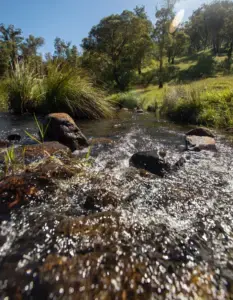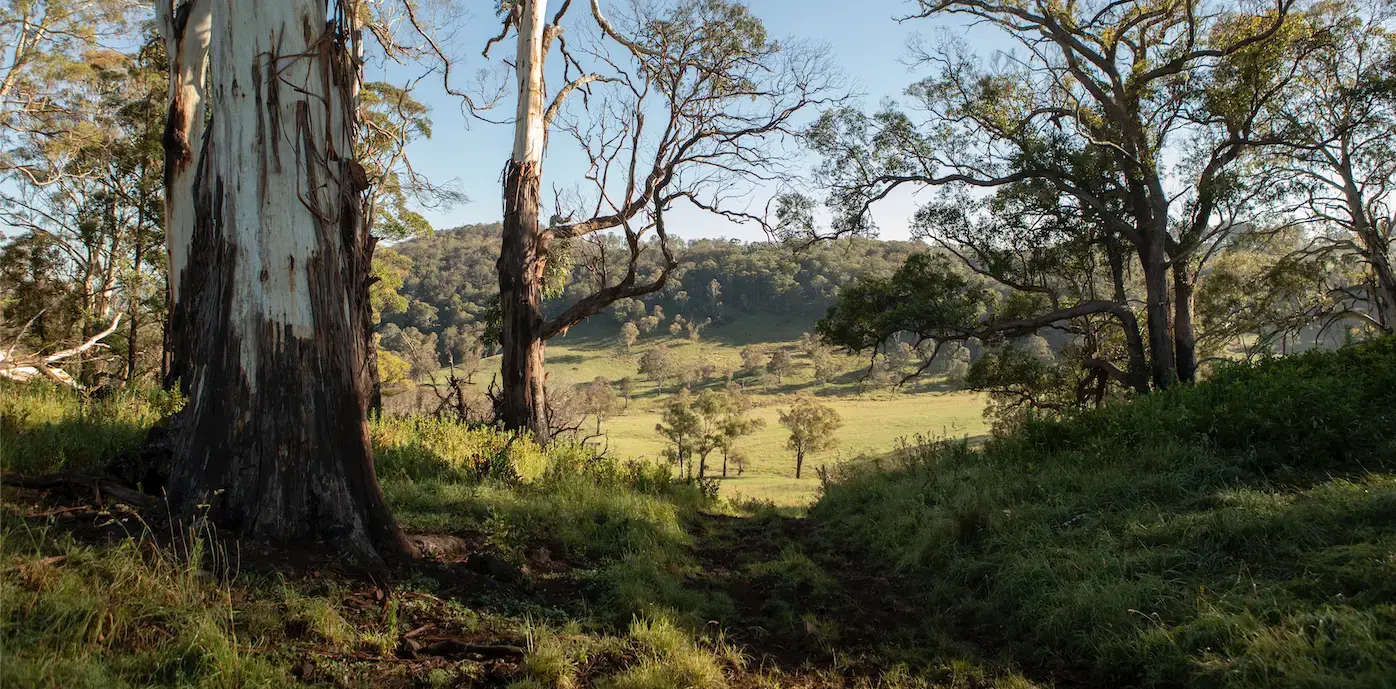The complexities of land stewardship incentive programs can be challenging for farmers to navigate, with a variety of programs operating at state and national level. Land stewardship can include providing a number of different ecosystem goods or services (or building natural capital), which can be rewarded via environmental markets that recognise, value and pay farmers for delivering environmental benefits. This can include above and below ground carbon as well as biodiversity payments and schemes.
From the perspective of the 8 families (our most recent case study group of producers), the rules were complex, it was unclear if they could participate in more than one program, and it was difficult to see whether these schemes were viable for their situation and production systems. In particular, the schemes made it hard to combine conservation approaches and productive farming systems, which are often seen as mutually exclusive.
In response to these questions and concerns, Soils for Life facilitated a workshop between the 8 families, and a range of specialists, including policy experts, carbon aggregators, natural capital accounting programs and others.

Specialists at the workshop included representatives from the Department of Agriculture, Water and the Environment (DAWE), the Clean Energy Regulator (ERF), carbon aggregators CarbonLink and Climate Friendly, NSW Biodiversity Conservation Trust, Bush Heritage, Regen Farmers Mutual Trust, Accounting for Nature, and another producer with an existing carbon project.
We turned the usual process on its head. Rather than producers coming to hear specialists present their programs and expertise, the workshop was an opportunity for the 8 families to present their particular vision, concerns, obstacles and experiences to the specialists, and to discuss issues and questions around potential stewardship schemes to suit their regenerative agricultural approach.
The 8 families explained that their motivation to build natural capital was not primarily to gain market outcomes, but rather a desire to fulfil their Holistic Context, including building the productivity and profitability of their farming systems, as well as an intrinsic desire to rebuild the function and health of their landscapes in their roles as soil and landscape stewards.
However, they also expressed a desire to access the rapidly developing and growing environmental market as an incentive and acknowledgement of the work they have done and are continuing to carry out.
Exploring the diversity and plethora of options available to farmers is a difficult task and just one of the many barriers hindering access to options. The land stewardship workshop was a stepping stone to allow the 8 families to start to explore the range of opportunities and some of the potential constraints. Of particular interest to the 8 families was the ability to be recognised for retrospective results as well as ongoing improvements.
A key barrier in this case is that many projects require a practice change in order to access the scheme. This is a result of the UN agreement on additionality which specifies the need for a change in addition to business as usual to be demonstrated. Unfortunately for many of the 8 families group, such changes in practice long predate their decision to access schemes.
A range of environmental markets were discussed in the workshop, ranging from those under the Emission Reduction Fund (ERF) through to bank evaluation of natural capital, with relevant and viable options for the 8 families predominantly in voluntary markets, international markets, and potential biodiversity markets still in development.
Existing biodiversity schemes seemed to reflect a disconnect between conservation and regeneration approaches — with agricultural production in many cases perceived to be mutually exclusive and incompatible with good conservation outcomes.
The other main point of discussion was around monitoring and data requirements for the various schemes. For example, to generate Australian Carbon Credit Units (ACCU) for soil, the method is rigorous and detailed, with a very high upfront baseline sampling cost. In comparison the Accounting for Nature environmental accounting provides tiers of certification, which means they can either choose to use an AfN approved method, a licensed method, or develop their own method, which means the monitoring and data collection can be either done by the farmer or by an accredited expert.
The 8 families group members were happy to hear that the Land to Market Ecological Outcome Verification (EOV) monitoring approach they are already using has the potential to be useful in accessing a stewardship scheme.
Accessing a land stewardship scheme as a collective group may reduce sampling and monitoring cost. The benefit of working together as a group goes further than financial benefits as the group can support each other through the decision-making process.
To assist the group moving forward, participants of the workshop are compiling a list of possible opportunities for the 8 families. The group will use the workshop as a stepping stone to continue to explore options for the group and to more clearly identify their own goals and ambitions in this space.





